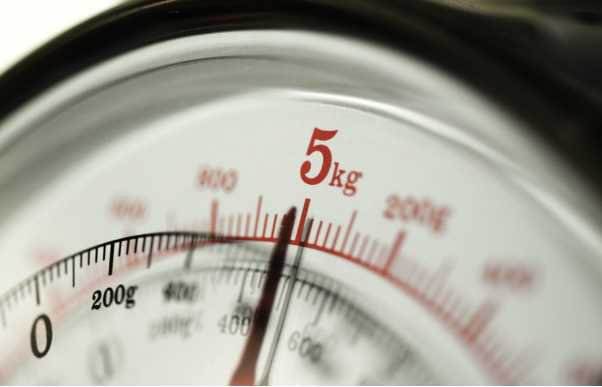Types of Pressure Gauges
A gauge is a device for measuring the magnitude, or the quantity of a parameter, using a digital or an analog display. The measurement parameters can range from the length, temperature, and pressure to flow, velocity, and a multitude of other parameters.
Evident from its name, a pressure gauge measures and depicts the pressure of a liquid or gaseous matter compared to a reference pressure, usually the atmospheric pressure. Several different types of pressure gauges are available on the market, each having a distinct technology or signalling method.
Here are some of the most common types of pressure gauges:
1. Bourdon Tube Pressure Gauge
It is one of the most common and oldest types of pressure gauges. Bronze or steel tubing employed in its construction makes it a pressure-sensitive element. This tube has one end closed and the other linked to the pressure inlet. Pressurized fluid runs into the tube and changes the form of the tube from an elliptical cross-section to a circular cross-section, linking the gauge with the gauge point.
The closed end of the tube is free and moveable. The pointer moves clockwise while the free end barely shows any movement. Dial indicators depict the fluid's actual pressure. The dial gauge will show a zero reading when the fluid and atmospheric pressure are equal. Anticlockwise movement of the dial pointer depicts vacuum pressure or negative gauge pressure.
2. Manometer
Manometers are pressure measurement devices that work by balancing a liquid column with another liquid column of the same or a different composition. This pressure gauge employs a single column to determine the pressure regardless of the second column's position.
A single glass tube with one end open to the atmosphere and the other end attached to the gauge points is all that is required to make a simple manometer. It is easy to calculate the pressure reading by observing the movement of liquid in a simple manometer.
3. Bellows Pressure Gauge
Metal tubing with deep circumferential contractions forms the pressure-responsive elements in this type of pressure gauge. When the pressure changes, these elements expand or contract. The pointer connected to the circular dial indicates the pressure reading. Elastic elements of bellows pressure gauges compress as pressure decreases and expand as pressure increases.
4. Diaphragm Pressure Gauge
Compared to the other two pressure gauges, a diaphragm pressure gauge can measure low pressures. Steel corrugated diaphragm serves as the pressure-sensitive element in this application. A needle, moved by a pinion mechanism connected to the diaphragm, depicts the pressure reading.
Pressure gauges have become a crucial part of industries. Are you searching for accurate pressure gauges? Contact Instruments provides high-quality mud pressure gauges and standpipe pressure gauges to its customers. The renowned firm also provides electronic and torque gauges, load cells, and pressure sensors.
Contact them to secure one of the best industrial gauges.





Comments
Post a Comment